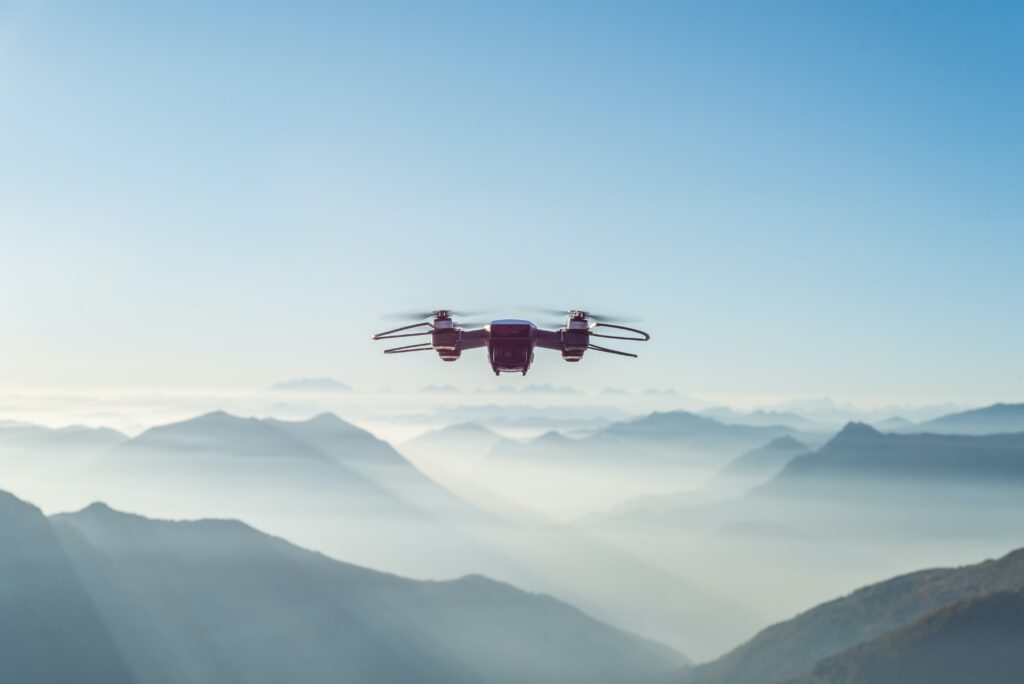
It has been difficult to conduct onsite business during the pandemic, but we all must adjust and innovate to meet client’s needs. Fortunately, digital technology is offering us many alternative ways to ensure process safety. In this blog, I’ll discuss what I’ve seen so far with wearable technology and drones.
Wearable technologies have seen rapid growth during the pandemic. They are lightweight, safe, and cost-effective devices that can help improve operational efficiencies, speed-up equipment testing, and improve working safety.
My first experience with this was during a BHS Site Acceptance Test for four pieces of equipment. We couldn’t go onsite for first-hand observation. However, the client’s operators and process engineers used wearables to show us the operation and conduct the SAT remotely and successfully.
There are several different types of wearables that can benefit process safety. These include:
- Real-Wear’s rugged hands-free voice control headset
- Guardhat’s high-tech hardhats and tags
- Pepperl & Fuchs’ portable cameras which allow users to choose between optical and thermal camera modes, or combine both
- Emerson’s personnel and asset tags which support geofencing, safety mustering, and safety alerts
Drones for Process Safety
Drones, while they can have a bad name, have many positive applications. They are used for search and rescue, traffic and weather, agriculture, delivery services, etc. In the chemical industry, drones are being used to find out what is happening at the plant when operators cannot be sent in safely. Plant managers need the information, but can’t risk an actual inspection. So, in go the drones.
Flyability is one company offering drones for plant safety use. Their Swiss-made drones are used for inspecting storage tanks, boilers, reactors, or any other piece of equipment that contains volatile chemicals. In fact, their Elios 2 helped researchers determine there was no nuclear waste present at the Chernobyl nuclear power plant’s Reactor Five for the first time since 1986. Check out the video:
Another company, Aquiline Drones, combines drone technology with 5G communications and artificial intelligence. Its unmanned aerial vehicles (UAVs) and unmanned ground-based vehicles (UGV) with cloud-based command and control can be used to:
- Transport and deliver supplies and tools
- Spray down hazardous areas
- Serve as mobile public speakers
- Patrol high-risk areas
- Monitor worker health with heat signature, infrared cameras
Finally, in an article in BIC Magazine, Shankar Nadarajah, Project Manager for Global Drone Visual Inspection at ExxonMobil indicated that there are two key aspects that companies should consider when introducing UAVs (unmanned aerial vehicles). First, the UAVs should be scalable to all regions and secondly, there must be strategic UAV operators at each site (i.e. training). The ExxonMobil program has reached 35 sites and has instituted a data management platform for all of these operators. George Williamson, a systems engineer at BP, agrees with Shankar and BP is about 90% complete with their global practices for UAVs. Lastly, in this same article, John McClain, the chief drone pilot for Shell Deer Park, explained that the initial investment was $114,000 and Shell Deer Park has saved over $7.4 million of general inspection costs. The article comes to the conclusion that is it much safer to have a drone in the air and an operator on the ground instead of having people in the air over the sites.
It is exciting to see all of the innovation around safety. Wearables and drones — maybe even robots in the future — can assist us in promoting plant safety and ensuring process safety. If I can help with your process development and troubleshooting, don’t hesitate to contact me. You can use email or phone, though. You don’t have to send in the drone!

